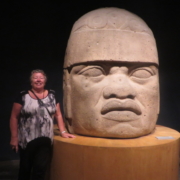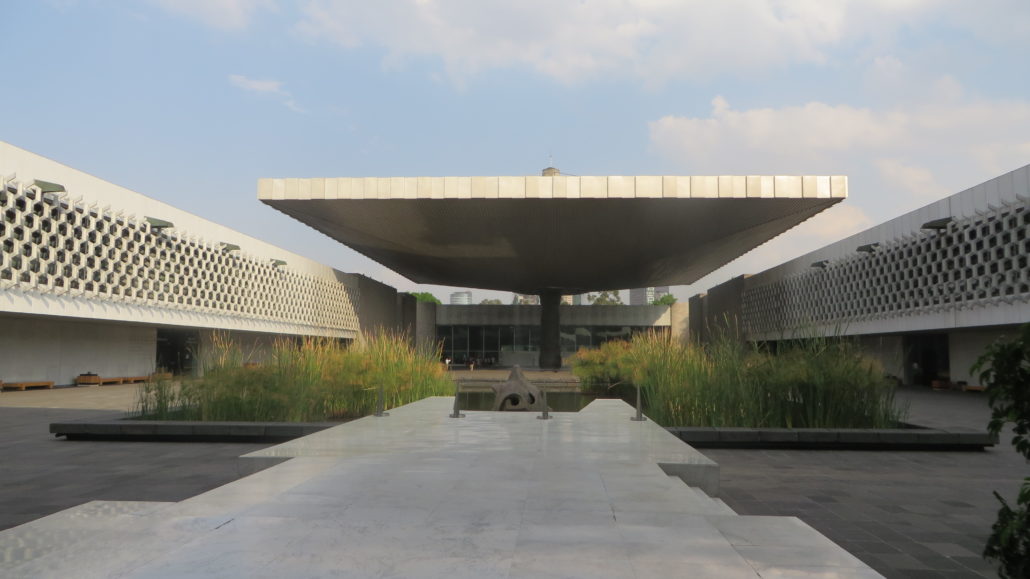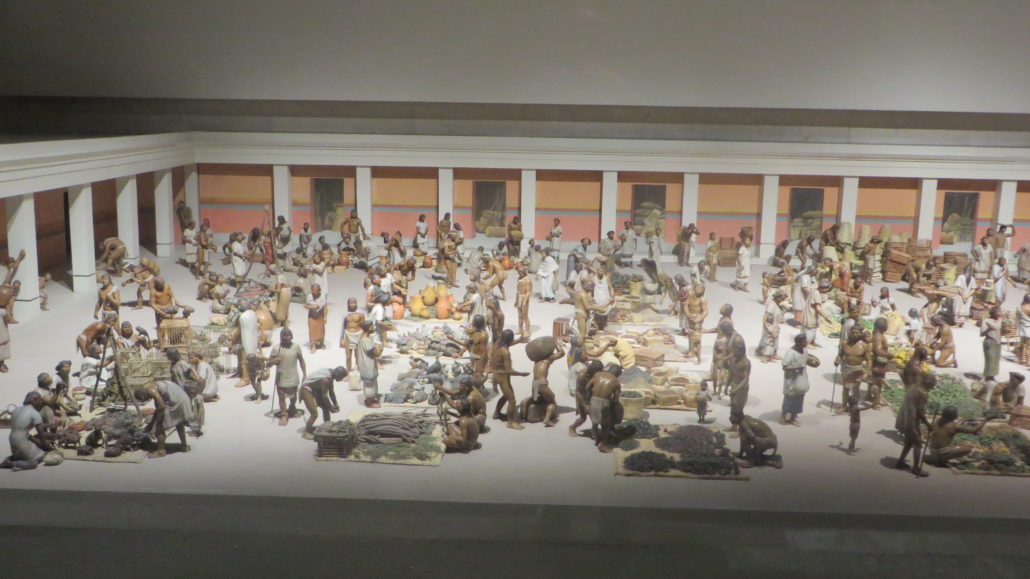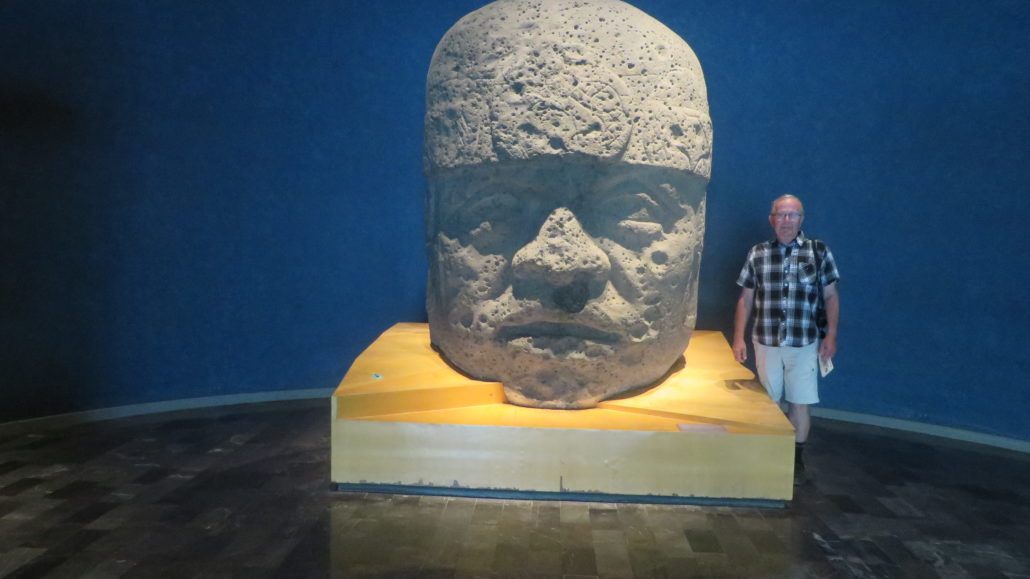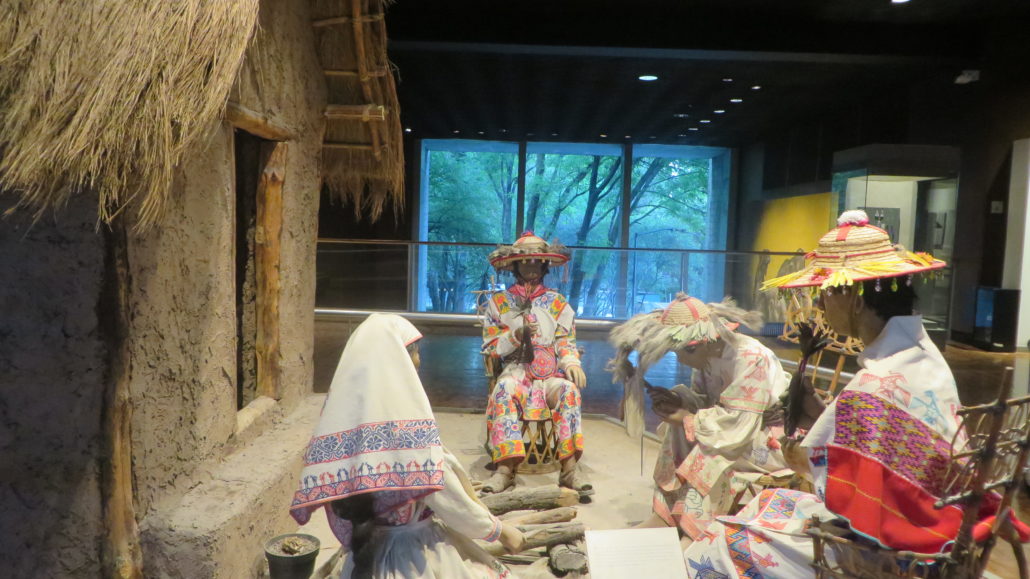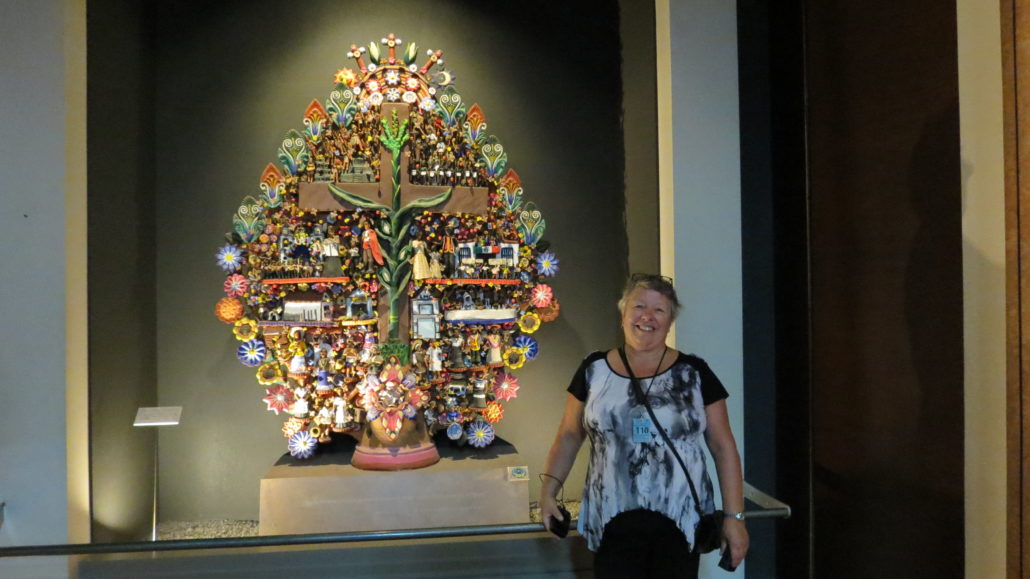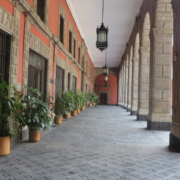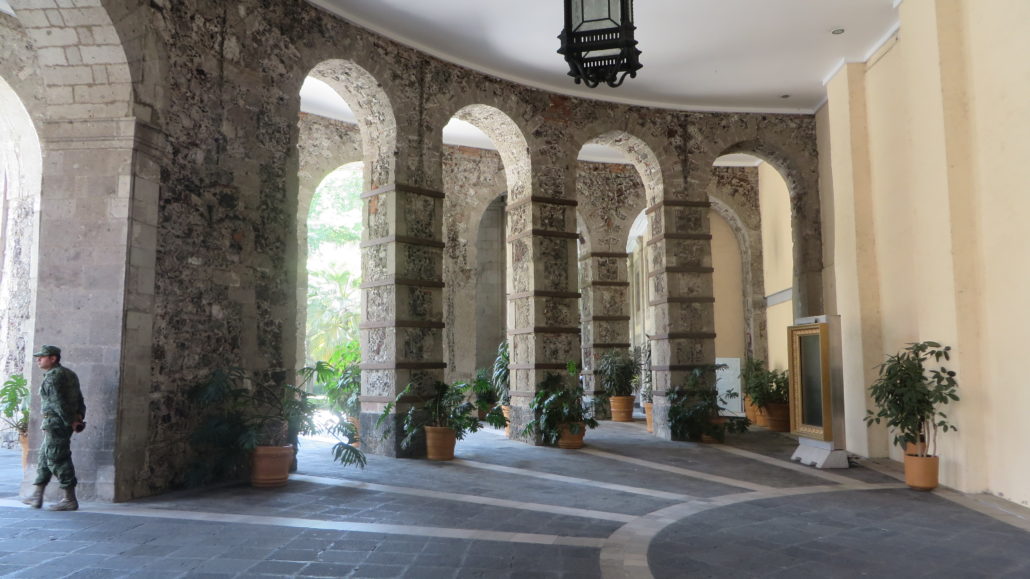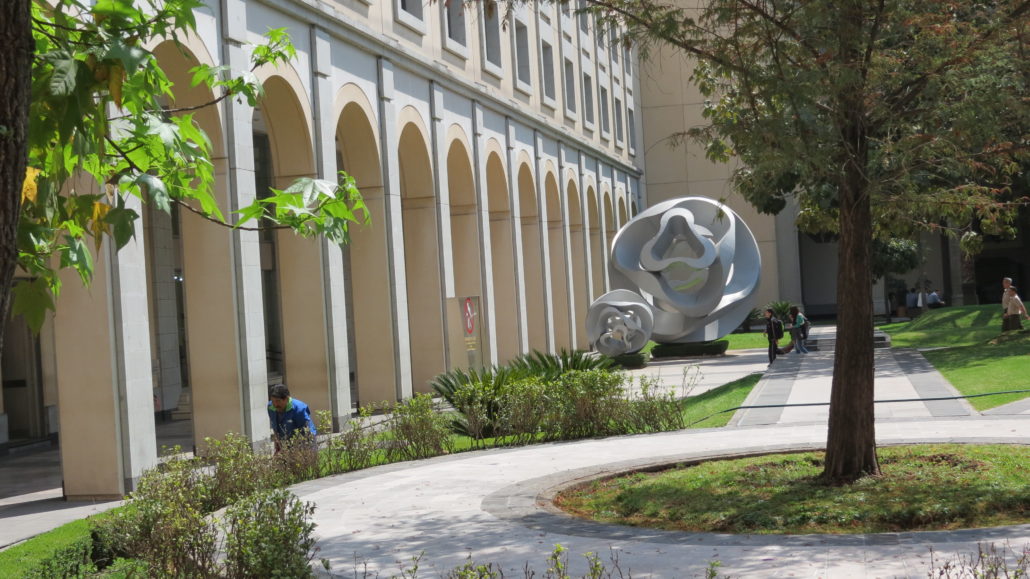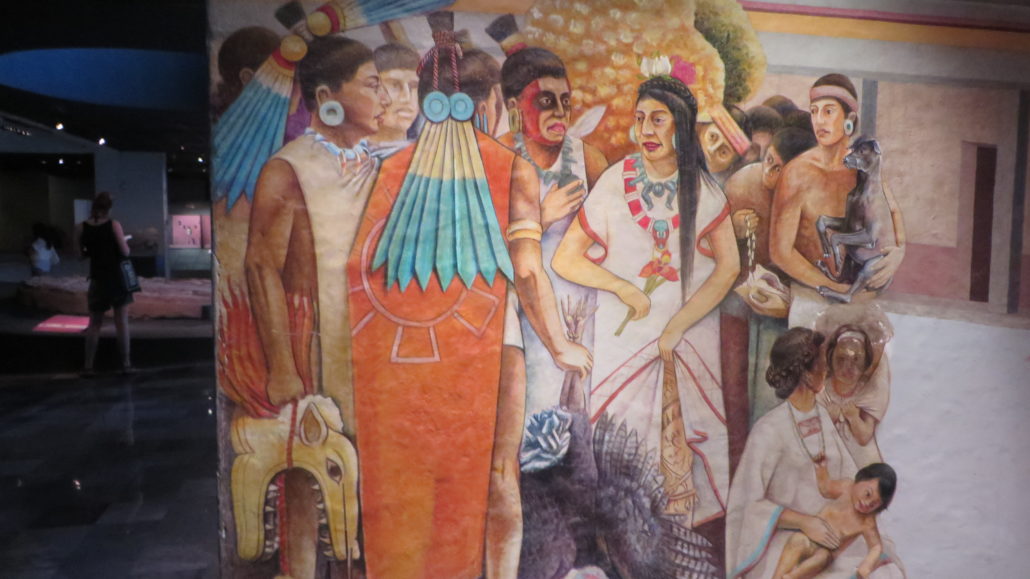Florence Cooking Classes and Segway Tours
Florence
Perhaps travel cannot prevent bigotry, but by demonstrating that all peoples cry, laugh, eat, worry, and die, it can introduce the idea that if we try and understand each other, we may even become friends. Maya Angelou
Cooking class
There is certainly no shortage of things to see and do in Florence. High up on my favorites was a cooking class. Booked through Viator, we had a small group of 8 which made for a more intimate and cozy experience.
The start of our 5 ½ hour class was a journey to the city’s central market where one of the chefs selected the ingredients for our meal. He showed us some local and traditional food such as tripe (lining of a cow’s stomach), and no, we did not cook that. We sampled some local cheese and sausage. The market is a must see even if you aren’t buying anything, and where the locals shop. It is worth the experience.

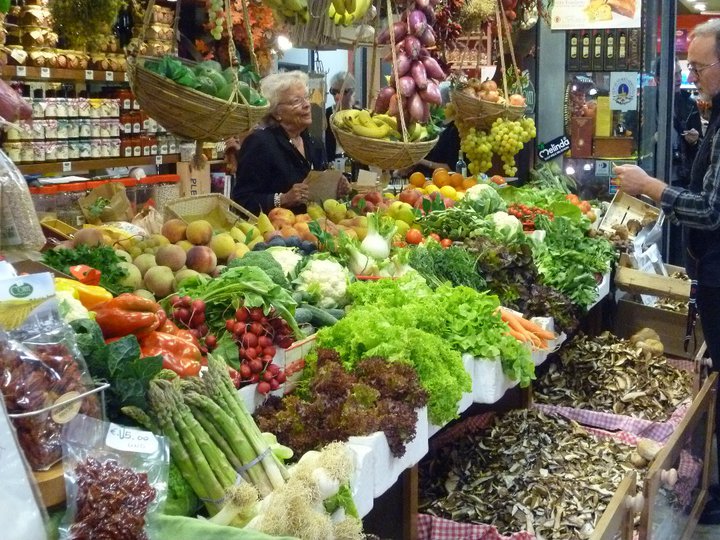
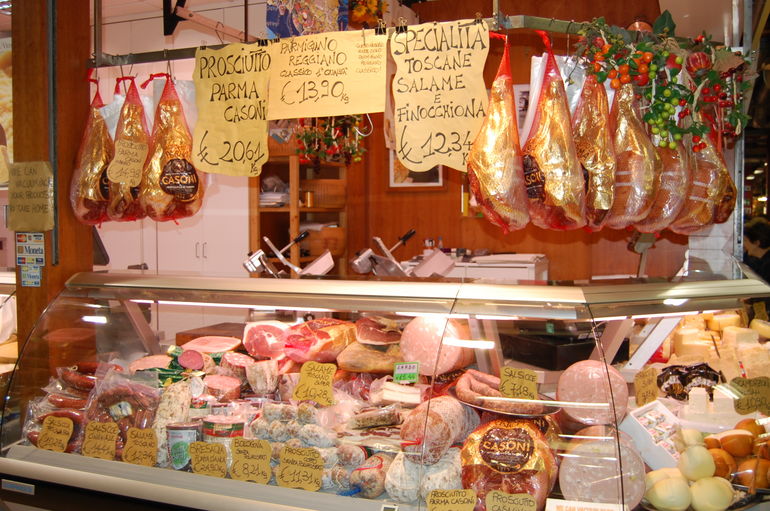



At first, I thought that perhaps the Italians had the right idea about eating dessert first when we started making individual tiramisu. Unfortunately, we did not get to eat it yet as it had to chill for two hours. We did consume the bruschetta we made along with some wonderful Chianti wine. Then we made pasta from scratch and cut it for spaghetti and ravioli. It is easier than you think. We prepared the ravioli filling and then made two types of spaghetti sauce – cherry tomato sauce and a meat sauce. Of course, we had to have a bit more wine.



We enjoyed the fruits of our labor and ended with our tiramisu.
We received a certificate of proficiency and a booklet containing recipes for the food we had made. We met some wonderful people, made and ate some fantastic food and enjoyed the local Chianti wine. Can’t get much better than that.
Links to the Wanna Be Italiano Cooking class: www.facebook.com/florencetown.chefs :
www.florencecookingclasses.com
Florence Segway Tour
“You must go on adventures to find out where you truly belong.” Sue Fitzmaurice
If you have never tried a Segway tour, you are missing out on a fun way to explore a city. We found a 3-hour tour on Viator. Don’t worry; you will be making frequent stops on this tour with a professional guide to show you Florence’s highlights. I liked that it was limited to 6 people and provides a more intimate setting, and you don’t get lost in the crowd. You see so much more than with a walking tour, although those tours do have their good points.
They start with instructions and practice on the Segway. When I started, my first thought was that I might have made a mistake doing this, but once I was on the road, it was fine. It was so easy that I seriously considered buying one.Within five minutes I was zipping along. I had so much fun that I will look for Segway tours wherever I travel.
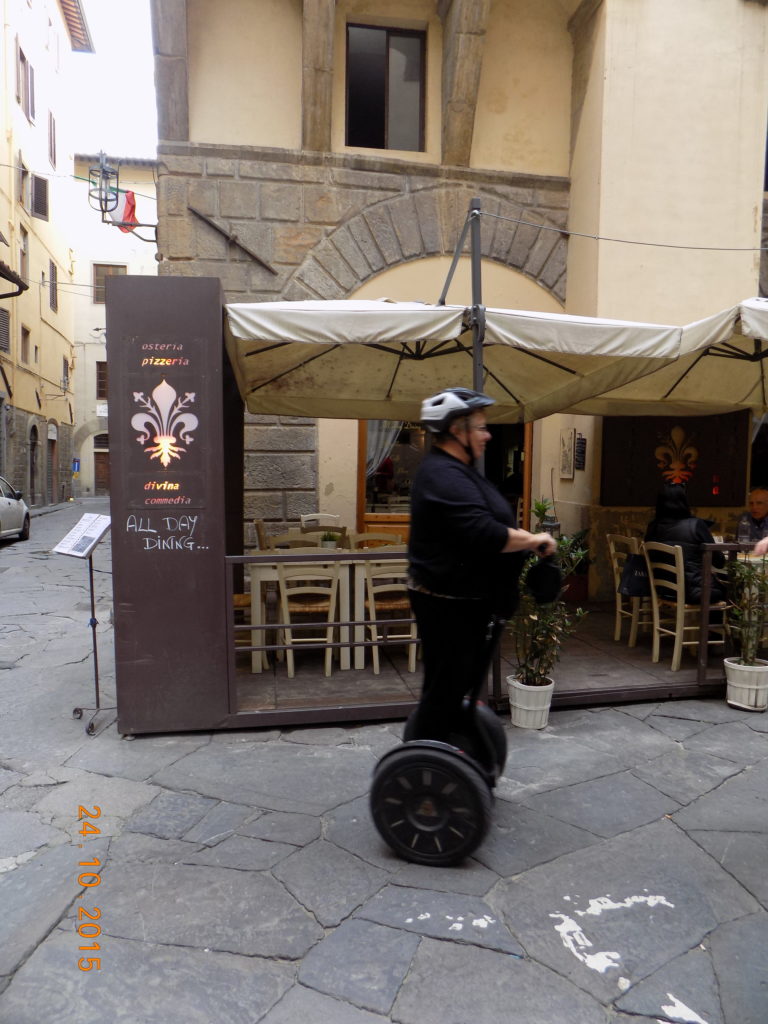
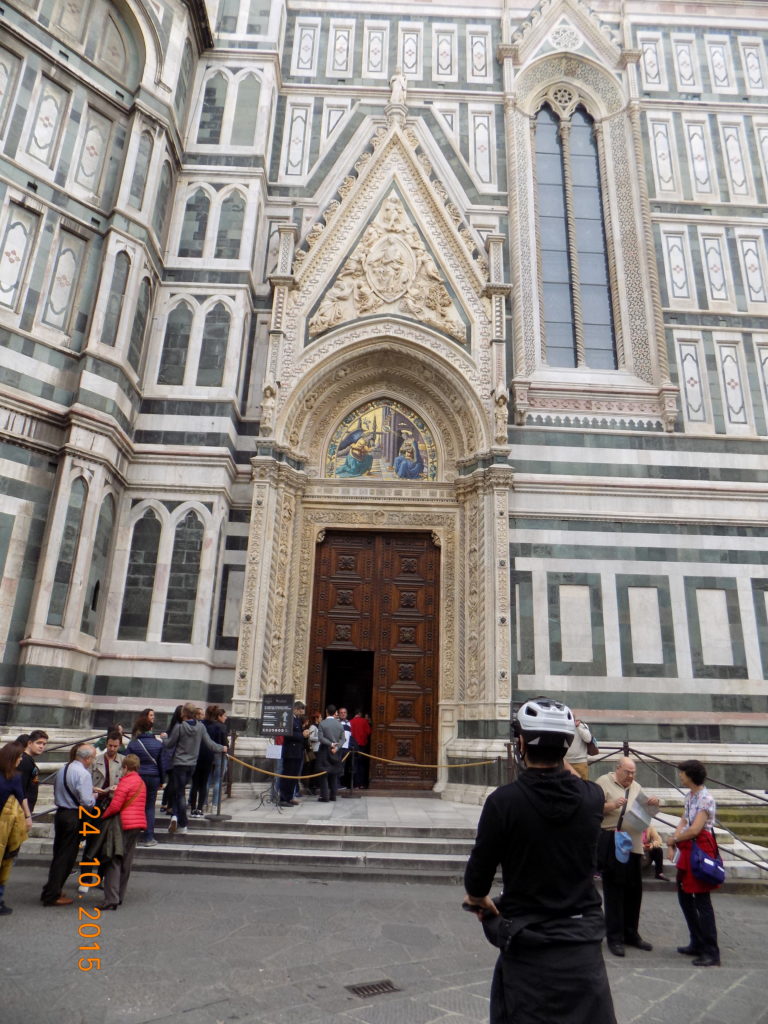

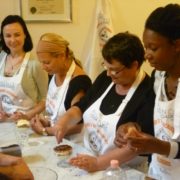
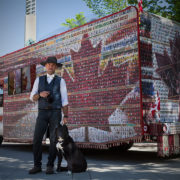

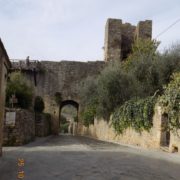


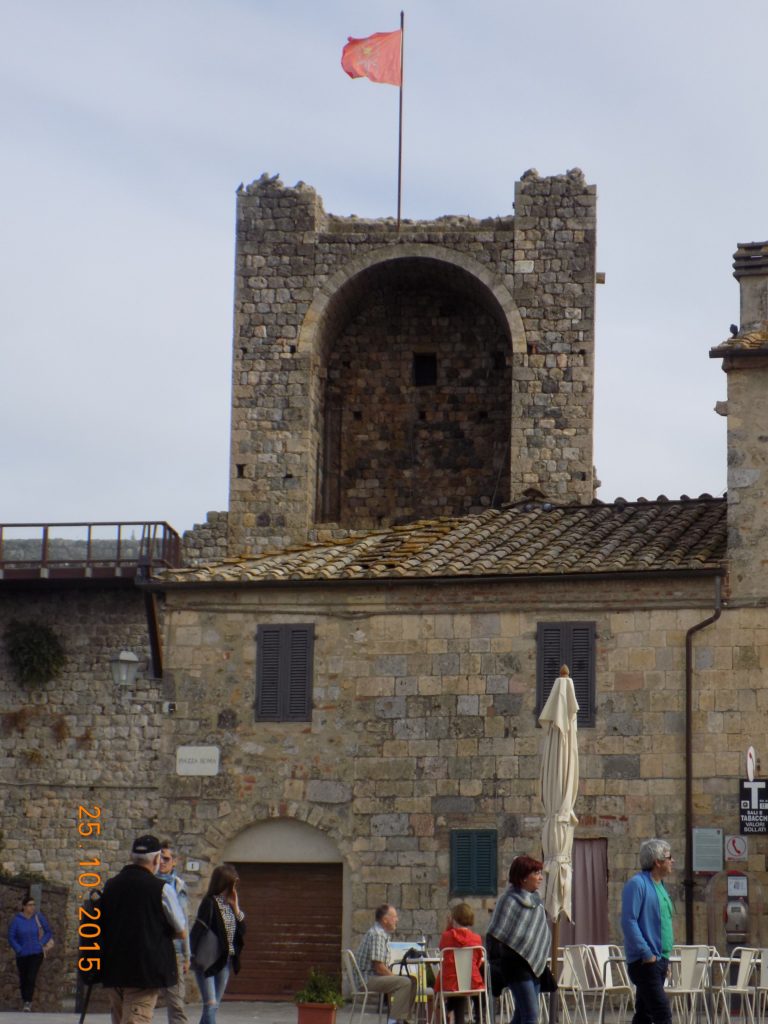




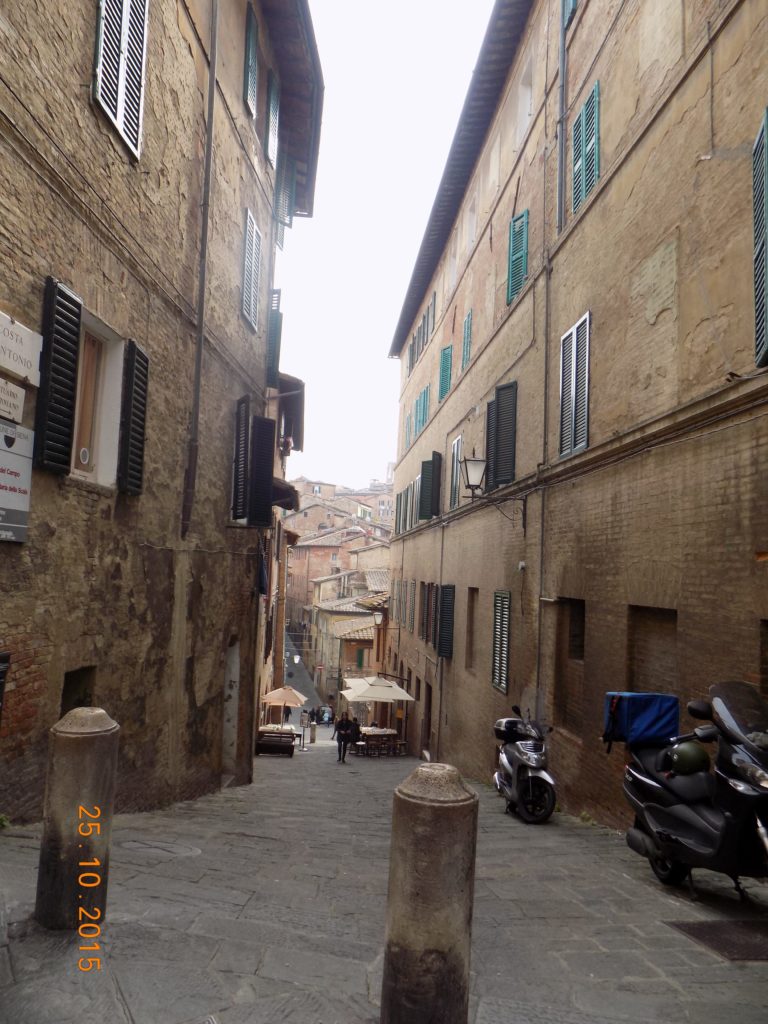


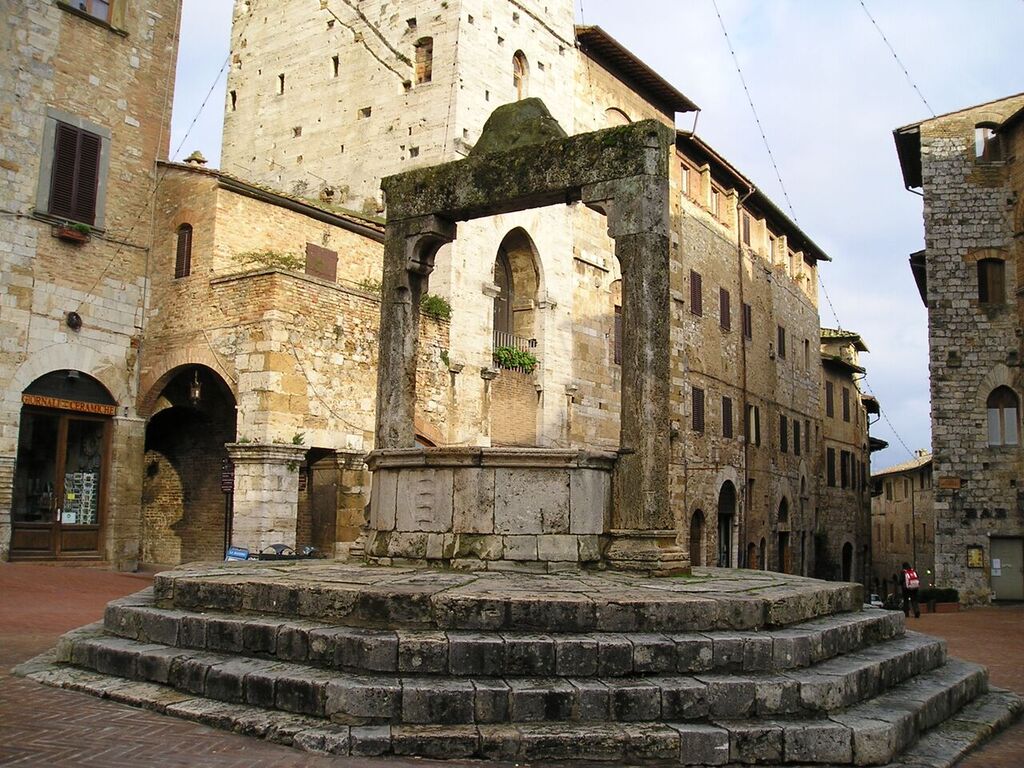
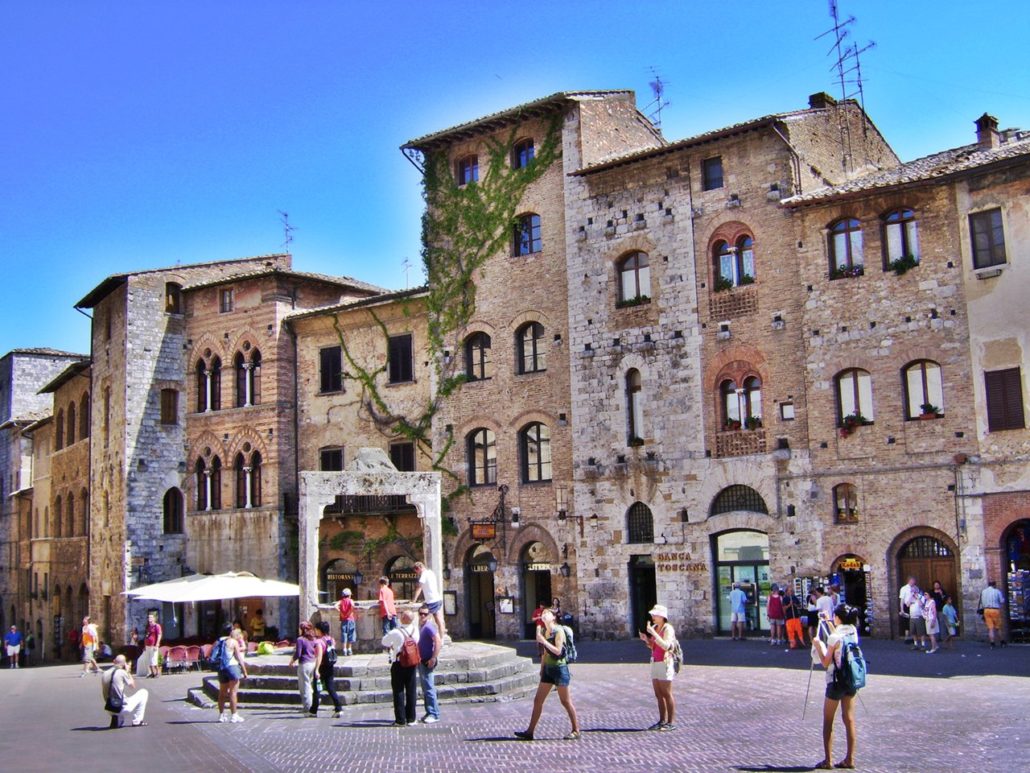



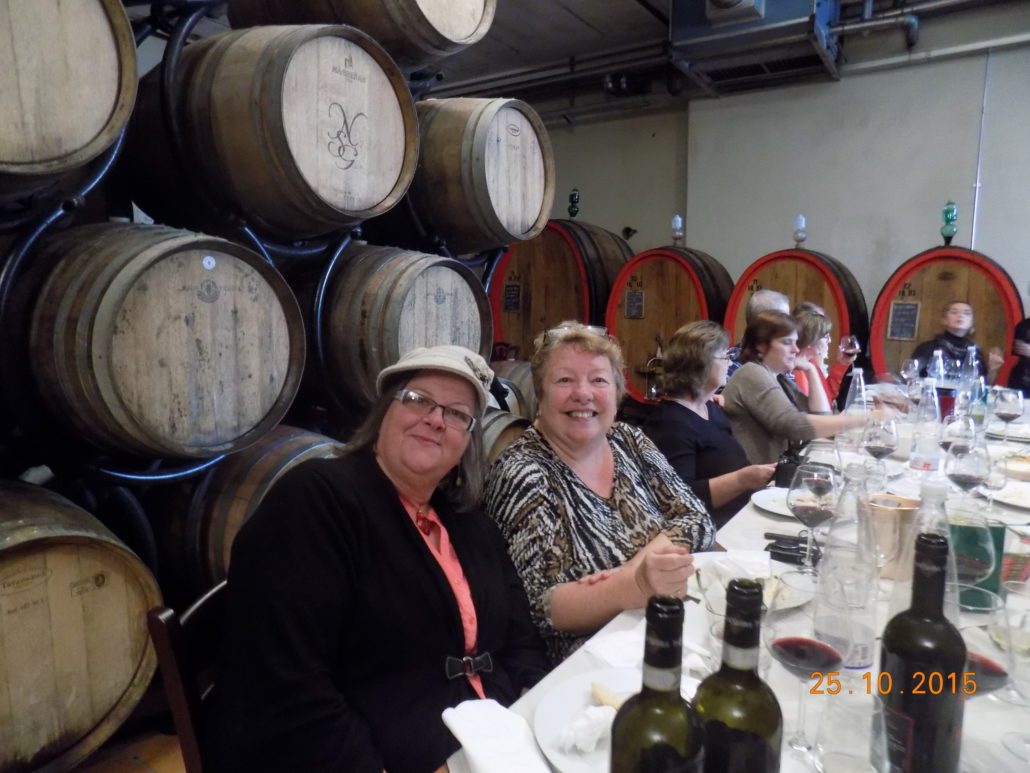

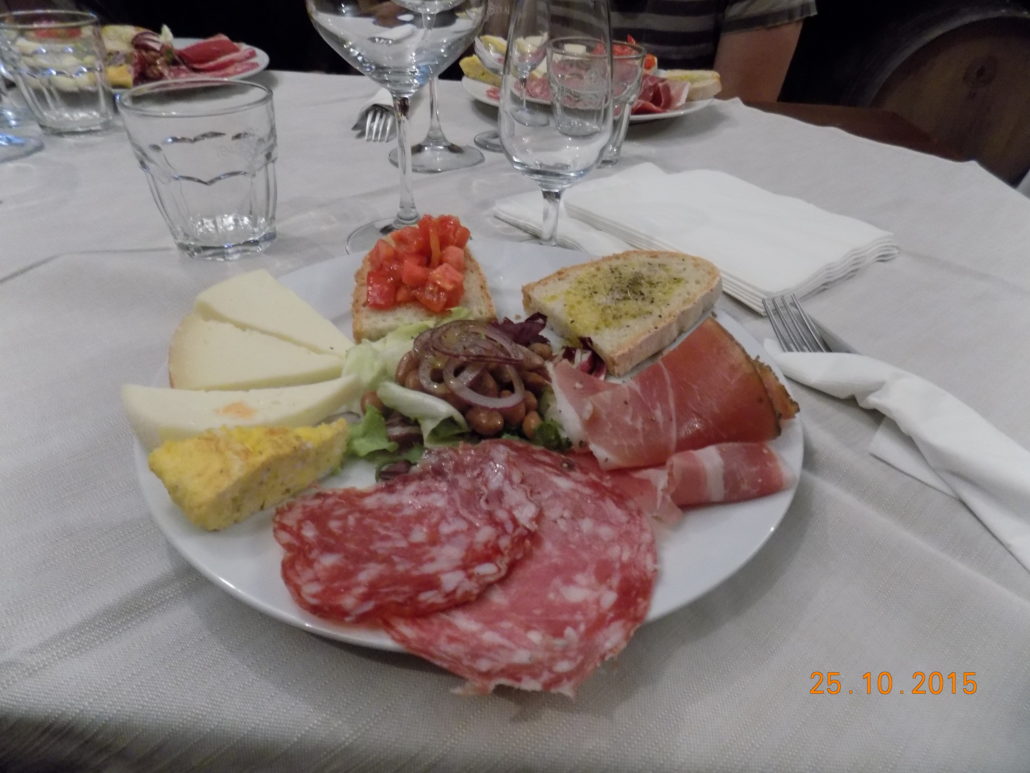
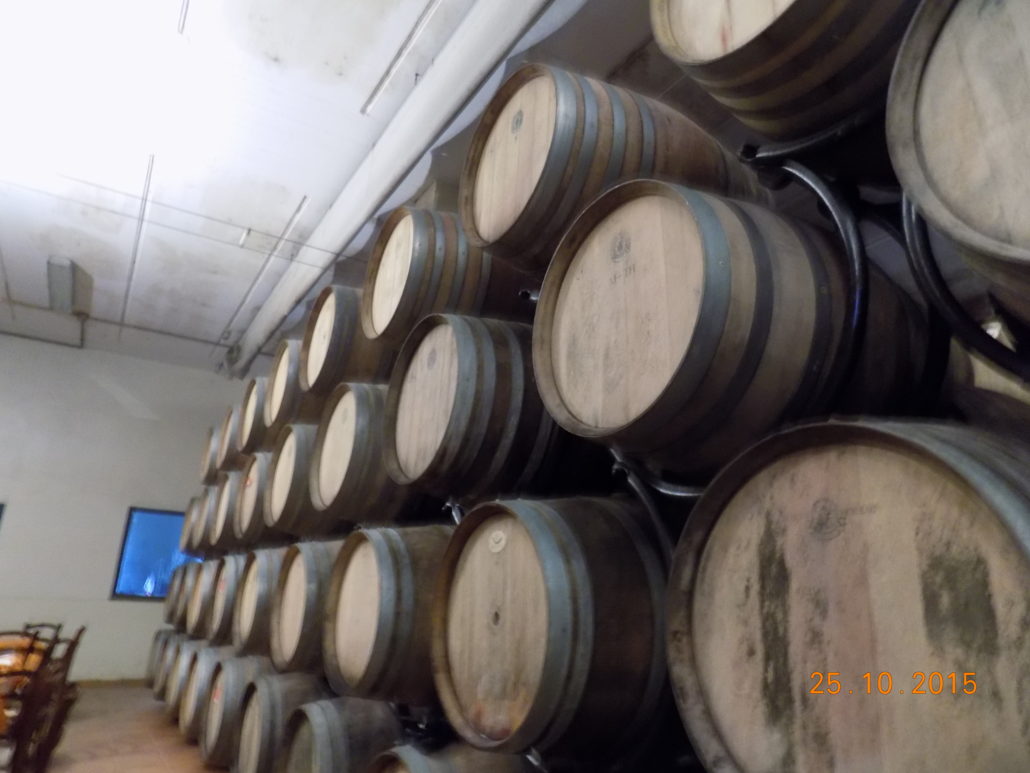

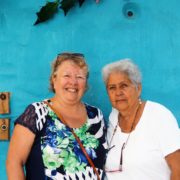

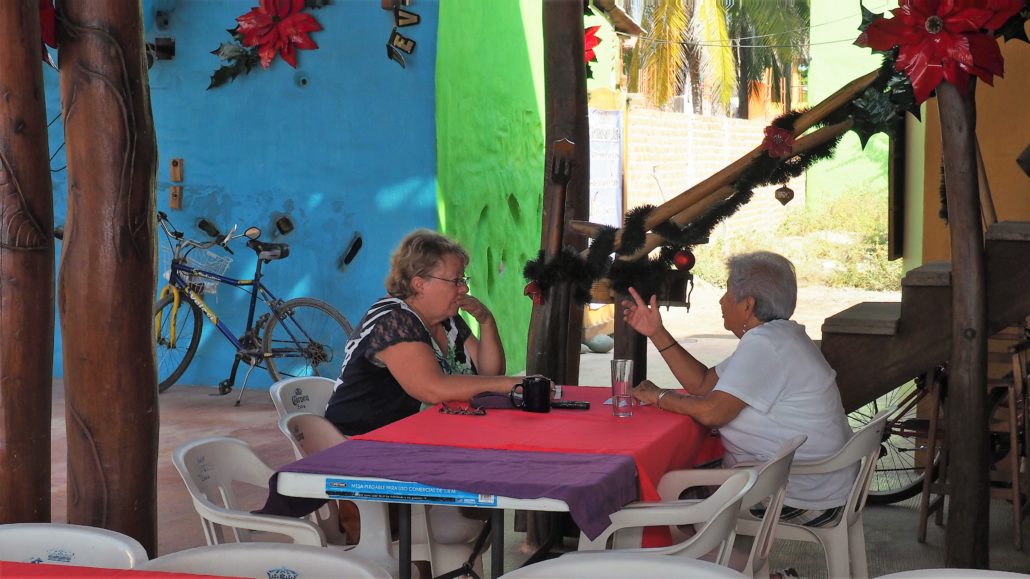

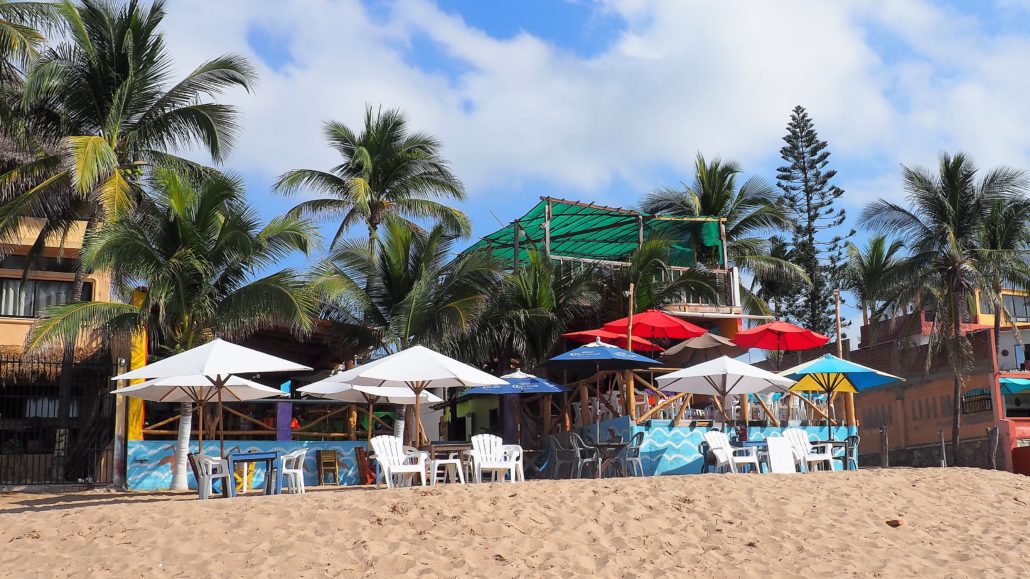


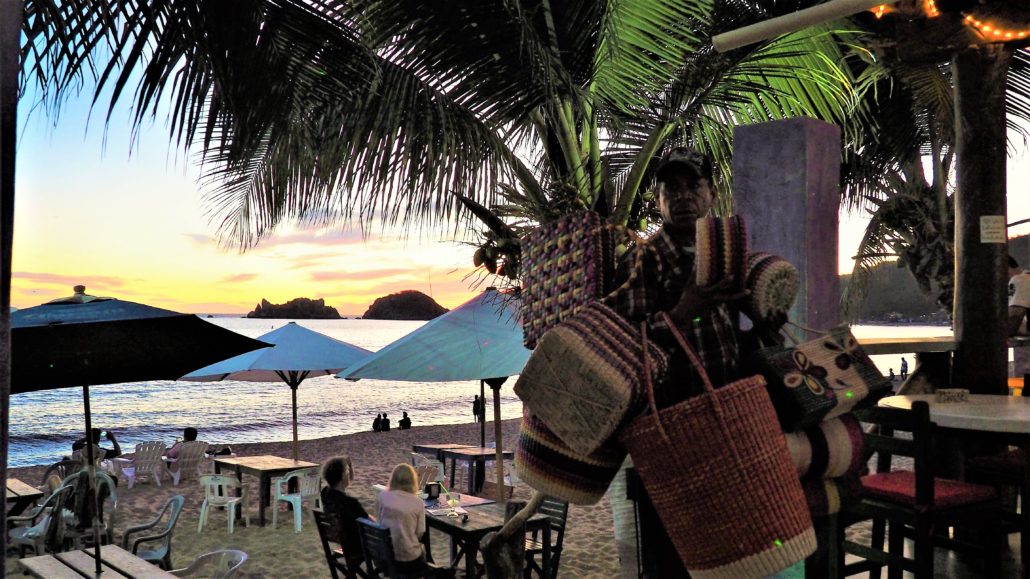


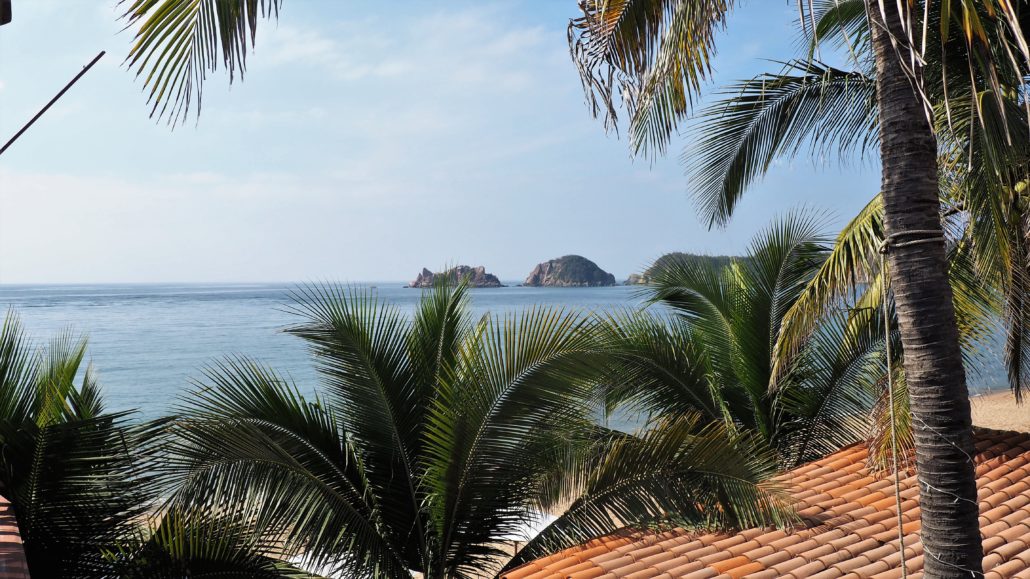

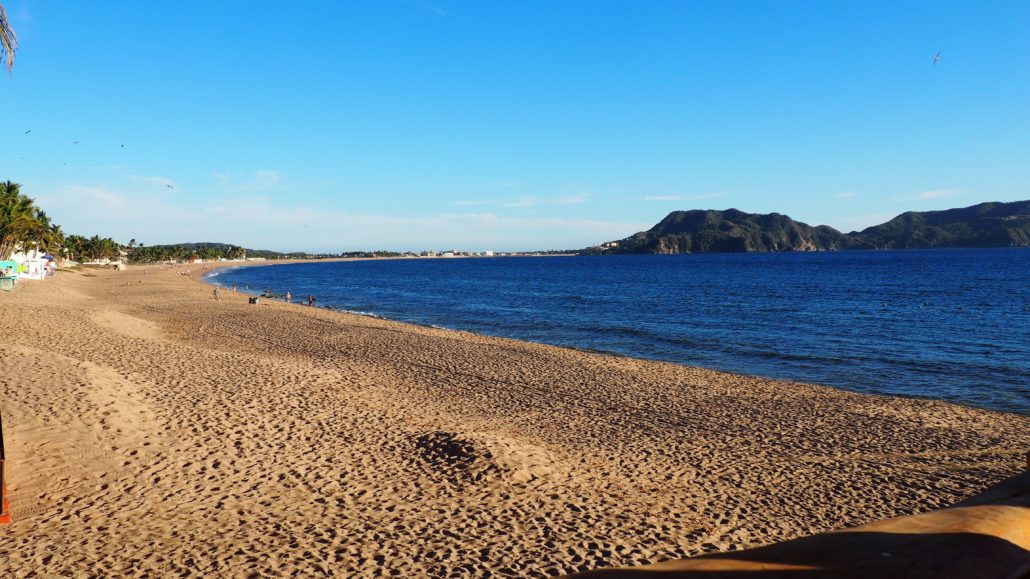
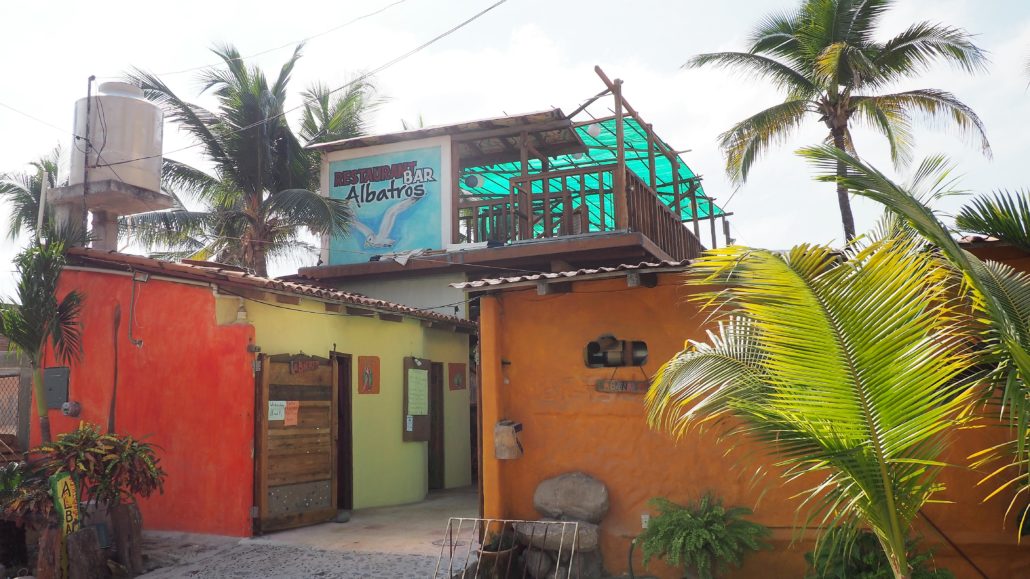
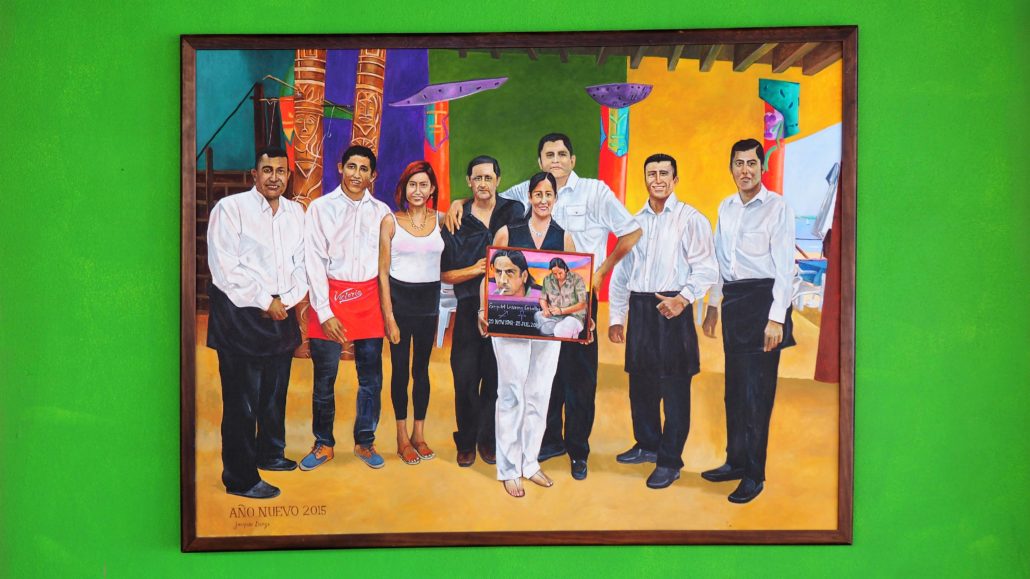
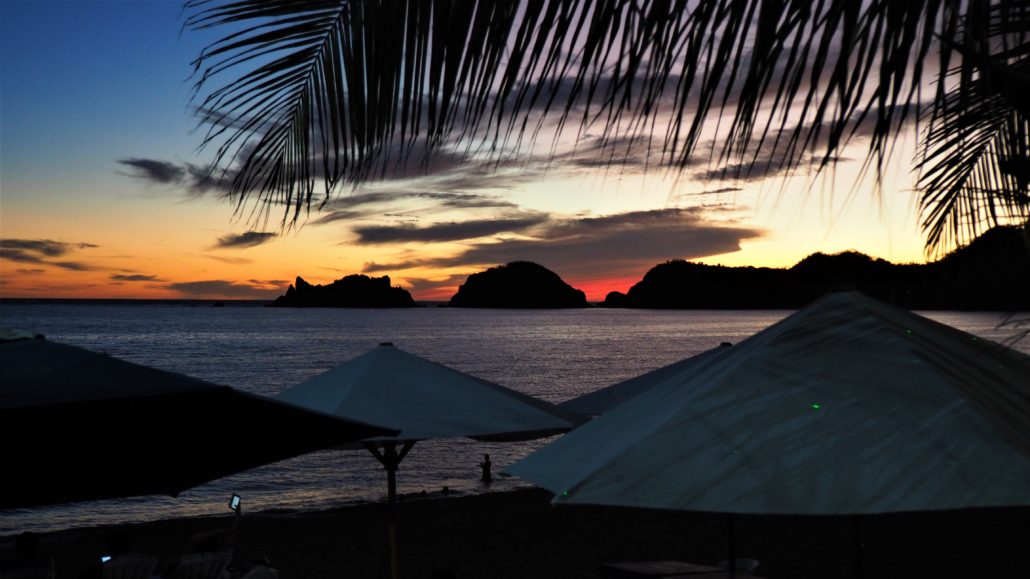
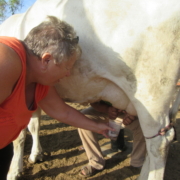
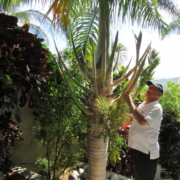




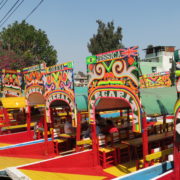
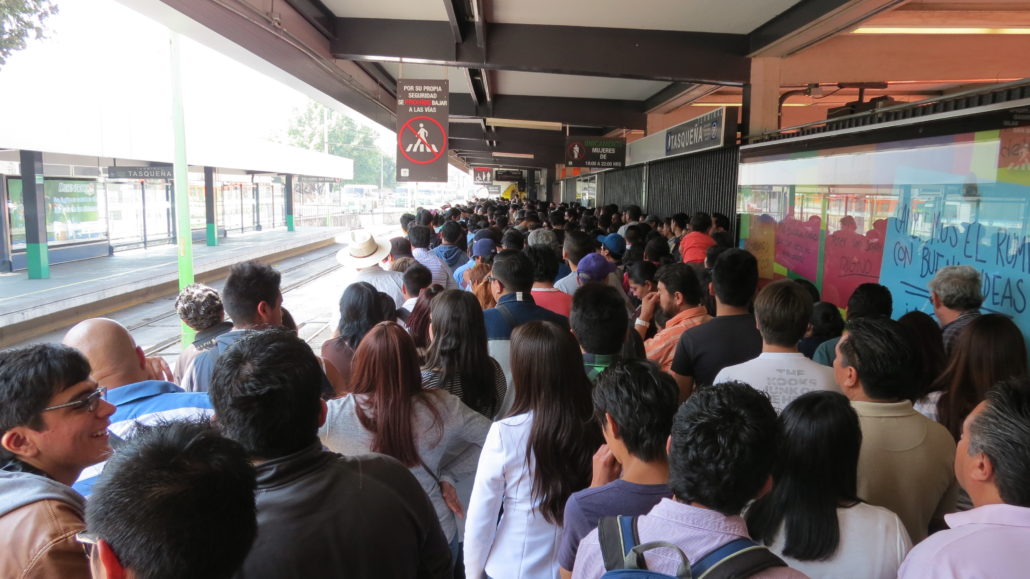


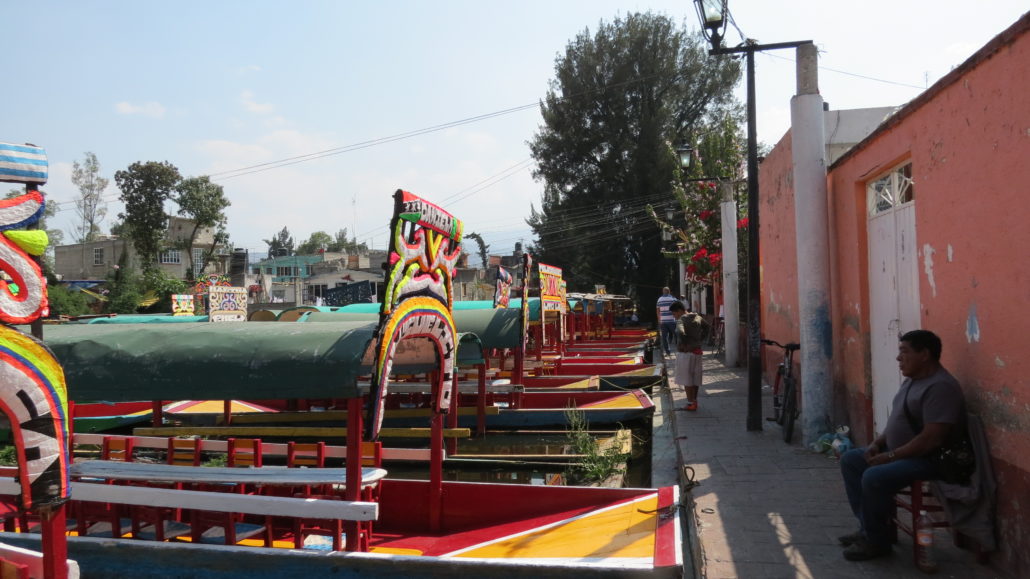
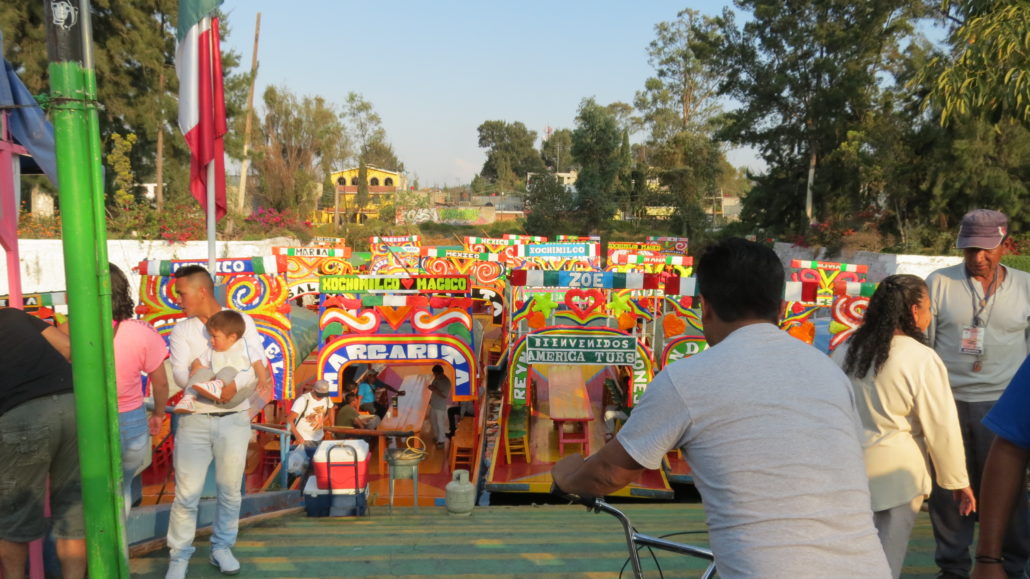




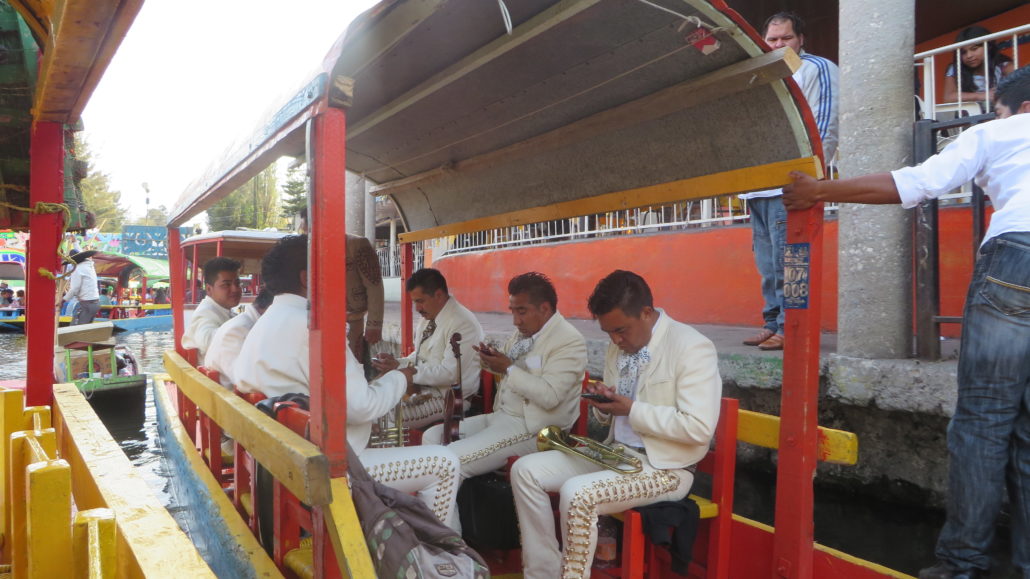

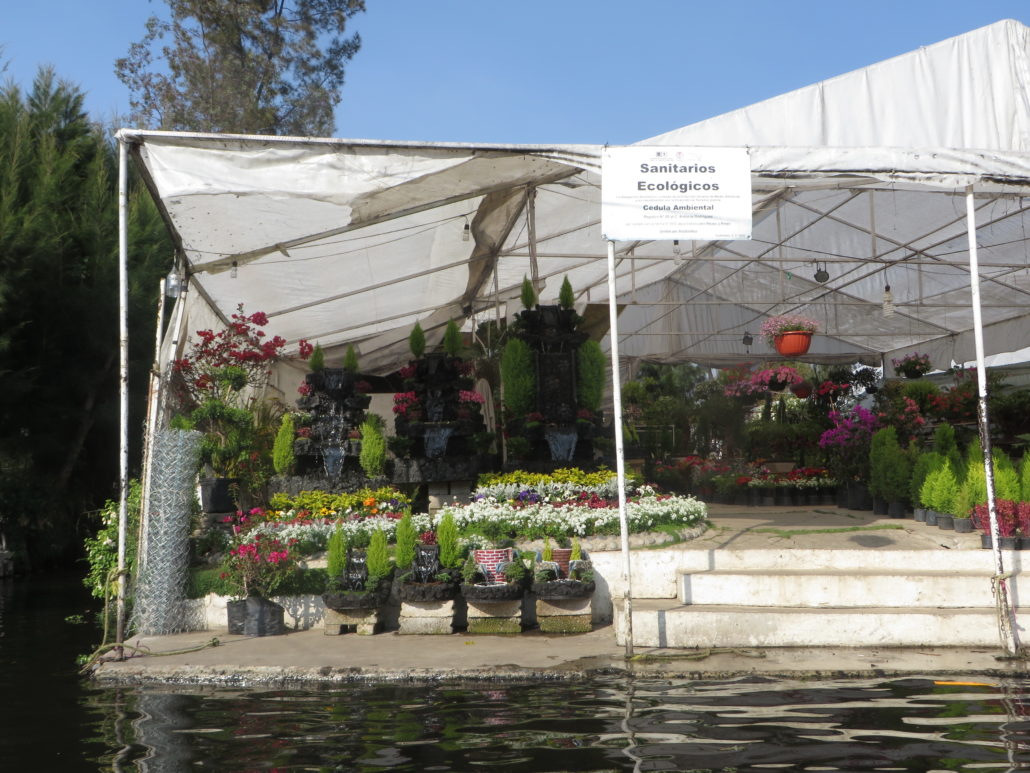 You can stop to buy flowers, plants
You can stop to buy flowers, plants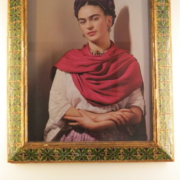

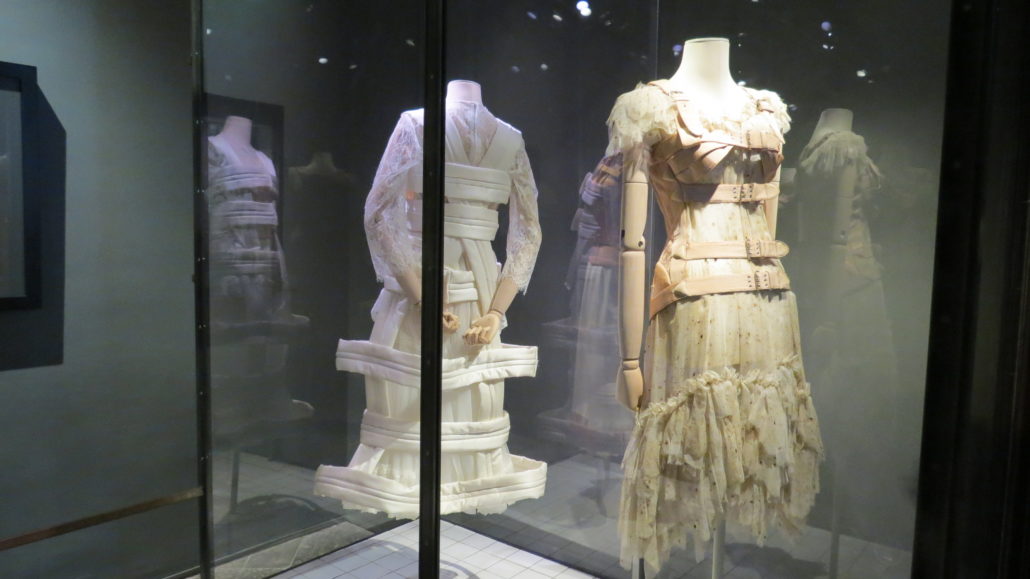
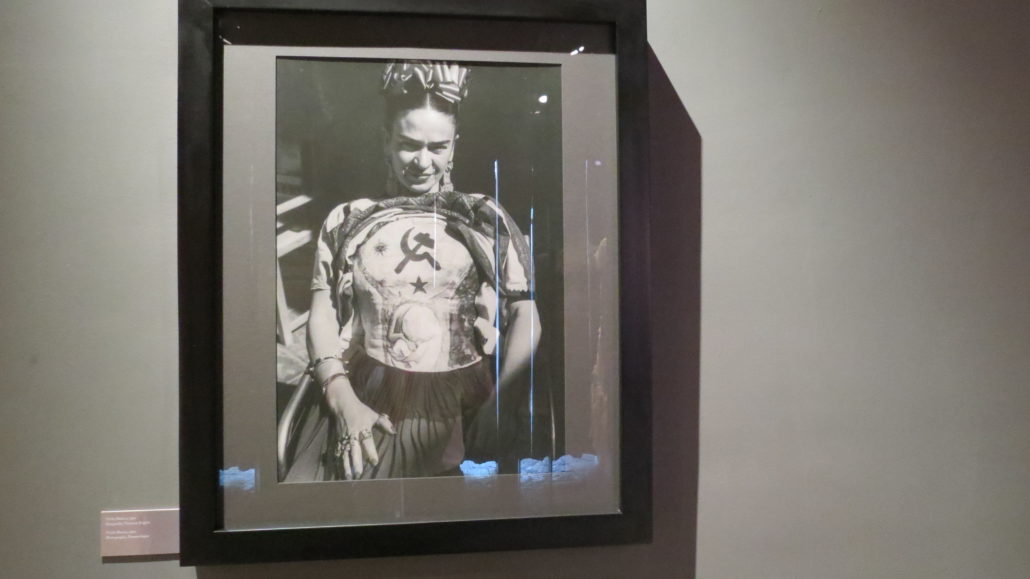

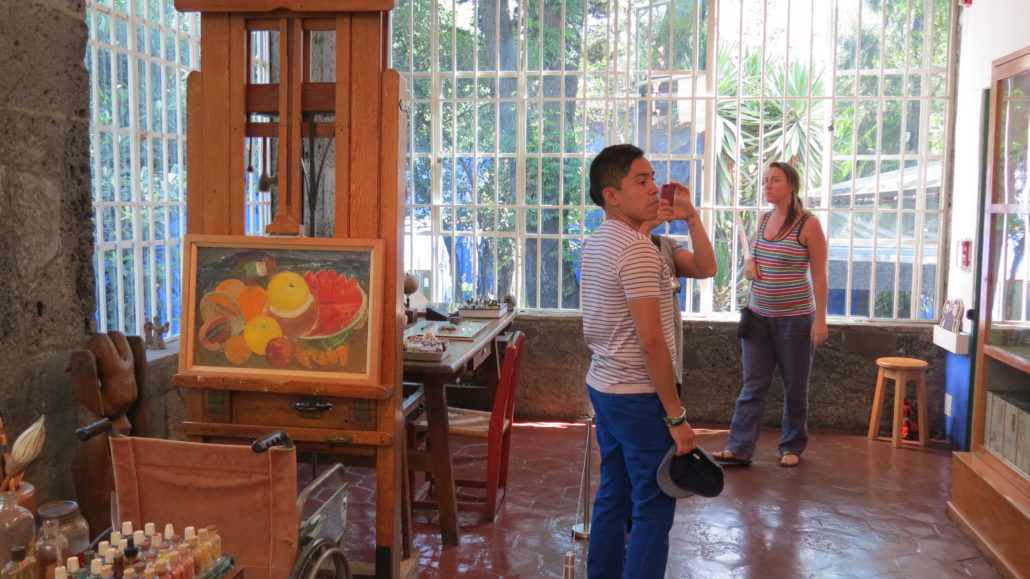

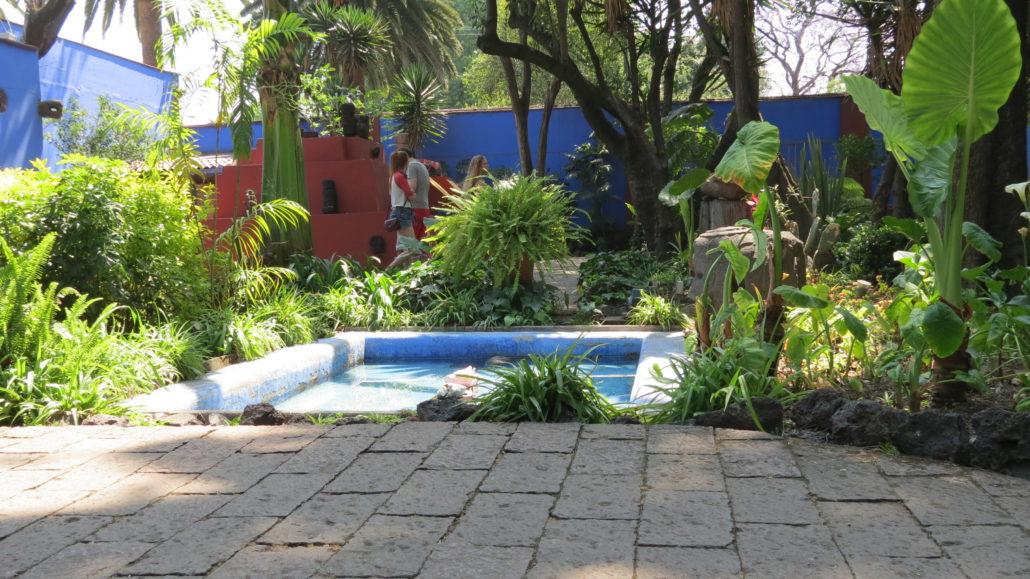
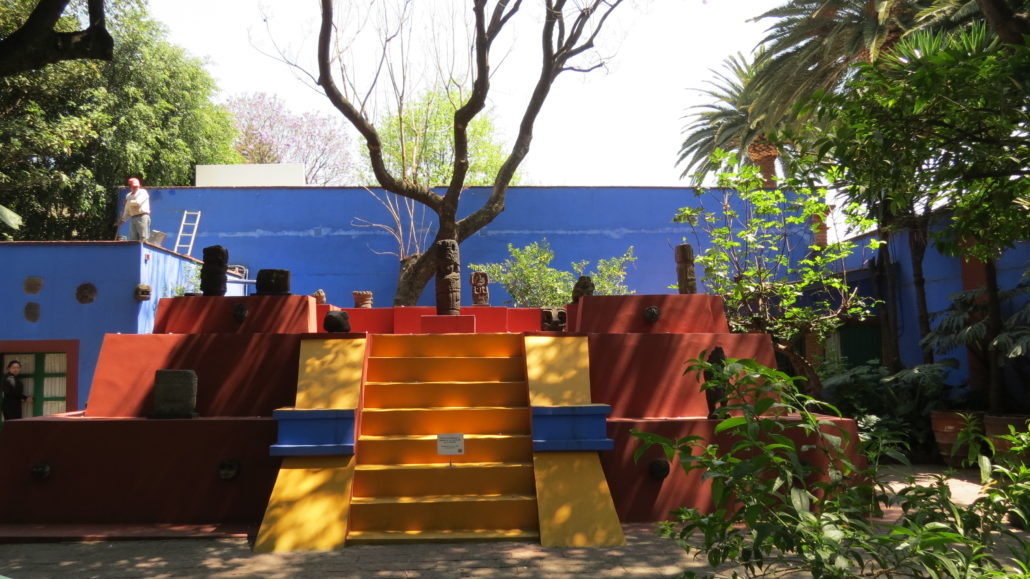
 Admission includes access to the courtyard, a small series of galleries with ever-changing displays, and the historical portion of the house, which has been preserved from the days when Kahlo was alive. A small snack bar and museum shop are also on the premises, and lectures are given periodically. An iPod tour can be taken for an extra fee; $75 pesos. Entrance fee $35 pesos for student ticket; $15 for a Senior ticket (60+); one ticket good at both here and Museo Diego Rivera-Anahuacalli.
Admission includes access to the courtyard, a small series of galleries with ever-changing displays, and the historical portion of the house, which has been preserved from the days when Kahlo was alive. A small snack bar and museum shop are also on the premises, and lectures are given periodically. An iPod tour can be taken for an extra fee; $75 pesos. Entrance fee $35 pesos for student ticket; $15 for a Senior ticket (60+); one ticket good at both here and Museo Diego Rivera-Anahuacalli.